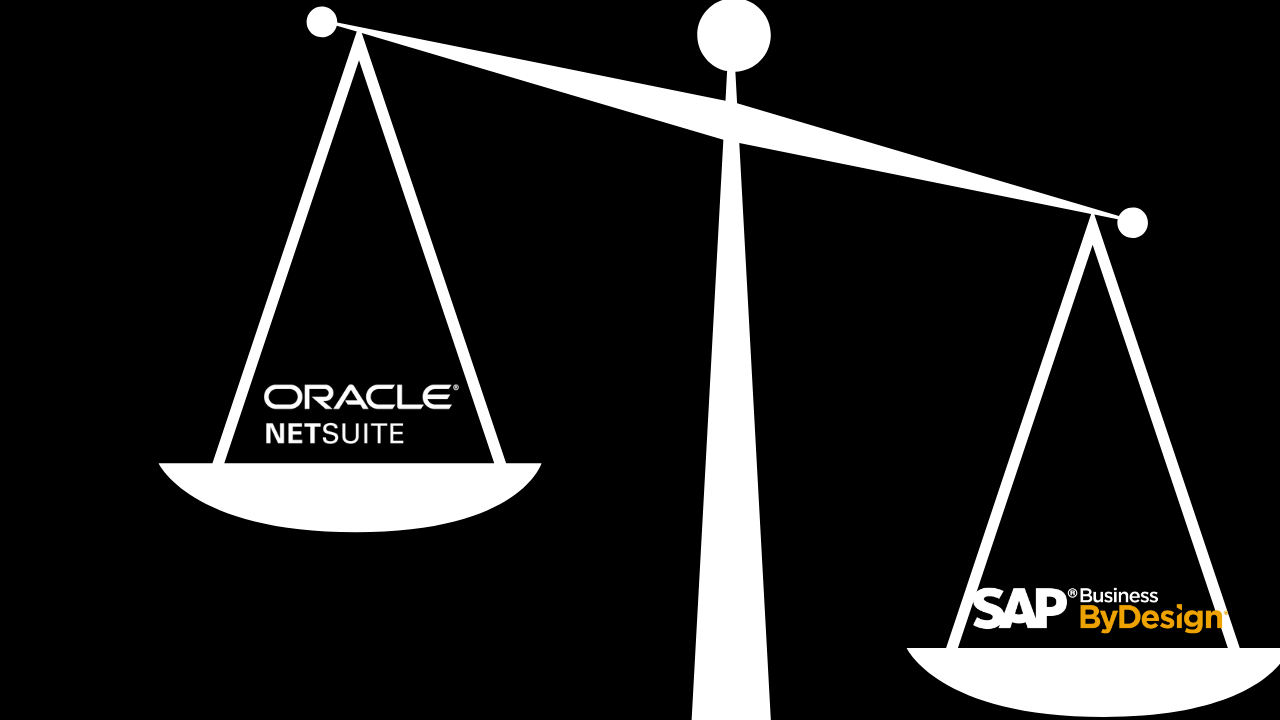According to a Deloitte study, one of the top dilemmas modern leaders face is staying competitive amidst disruptive changes.
The top-down, no-nonsense leadership style still adopted by many businesses today rarely reflects how work actually gets done in a rapidly changing environment – through good relationships and flexible networks.
So if you’re a leader in your company, what does this mean for you?
For one, successful leadership today is more than just setting visions, goals, and the strategy to achieve those goals. It’s about being committed to people development, by aiming to create more leaders – not followers, in the workplace.
Former CEO of SAP Bill McDermott shared his thoughts with Inc. on what it means to be a successful leader. Since his ascension to C-level position in 2014, SAP shares have soared by over 30%. He’s also well-known for his exemplary commitment to his people’s development.
Here are three common leadership mistakes to avoid and what could be done instead, as drawn from McDermott’s Inc. interview:
1. Leading Without a ‘Why’
Why are some companies capable of achieving things that completely exceed our expectations of what's possible?
Best-selling author Simon Sinek, in his famous Ted Talk on leaders who inspire others, began by asking his audience that same question. He found that great companies had great leaders who start leading by asking ‘why’.
- Why - Why does our business exist?
- How – How does our business fulfill that ‘Why’
- What – What will our business do to fulfill that ‘Why’
Average companies, on the other hand, began by asking ‘What’ before moving to the ‘How’. Often, they don’t even know ‘Why’ they’re doing what they do. And when disruptive changes come, these companies tend to find themselves trapped on the ‘What’ to dos.
So if you’re leading a company which hasn’t defined its purpose beyond profitability, try consider reviewing the ‘Why’ before starting something new.
This applies to people development as well. McDermott makes the effort to communicate this – why they’re there and why they matter – to his 80,000 employees at SAP.
"Having a higher purpose,” says McDermott, “has to touch both the customer and your people because you’re playing for stakes beyond money."
2. Faking It Till You Make It
Many leaders think they need to be (and show themselves to be) the expert in everything. By pretending to know everything, these leaders think this gives them the credibility to head a team or company.
Problem is, this often leads to poor business decisions. And though everyone in the company knows their leader made a bad judgement call, they pretend that he/she isn’t wrong – and the leader pretends to believe it too!
Instead, one of the best ways to lead is to hire and surround yourself with people who excel in your areas of weaknesses. Take a chance on those who have the potential to create long-term growth for your business.
McDermott describes how he learnt early in his career that "every leader has to have the humility to recognise their success will be based on choosing the very best people."
In addition, by acknowledging one’s strengths and weaknesses, a leader is in a better position to learn from other leaders.
"At the end of the day leaders have to be authentic," the SAP CEO adds. "The only way to do that is to learn from other great leaders and make those lessons your own."
3. Having a Bad Business Strategy
This sounds obvious, but having a bad business strategy is a big no-no for leaders.
“Leaders can be forgiven for a lot of mistakes, but they’ll never be forgiven for a bad strategy,” says McDermott.
Granted that yes, leaders are only human, and humans make mistakes. And there are many strategies that could potentially work in a situation. But if the strategy doesn’t add value to your internal and external customers, then success is unlikely to come, no matter how attractive the strategic proposal appears.
At the heart of a good strategy is a solid understanding of what produces real results in your business. “If you understand the root cause of what produces results then you have the power to motivate your people,” adds McDermott.
A good way to improve visibility into the root cause of success in your business is through Business Intelligence (BI). These tools help leaders visualise complex data and analyse them for deeper understanding of what’s working for their business.
For example, if you’re already using SAP Business One, upgrading to SAP HANA gives you the option to power your business with real-time analytics and generate interactive reports in seconds (plus other HANA-unique benefits).
To see how SAP Business One analytics powered by SAP HANA helps drive smarter decision making across your business, watch the video below:



